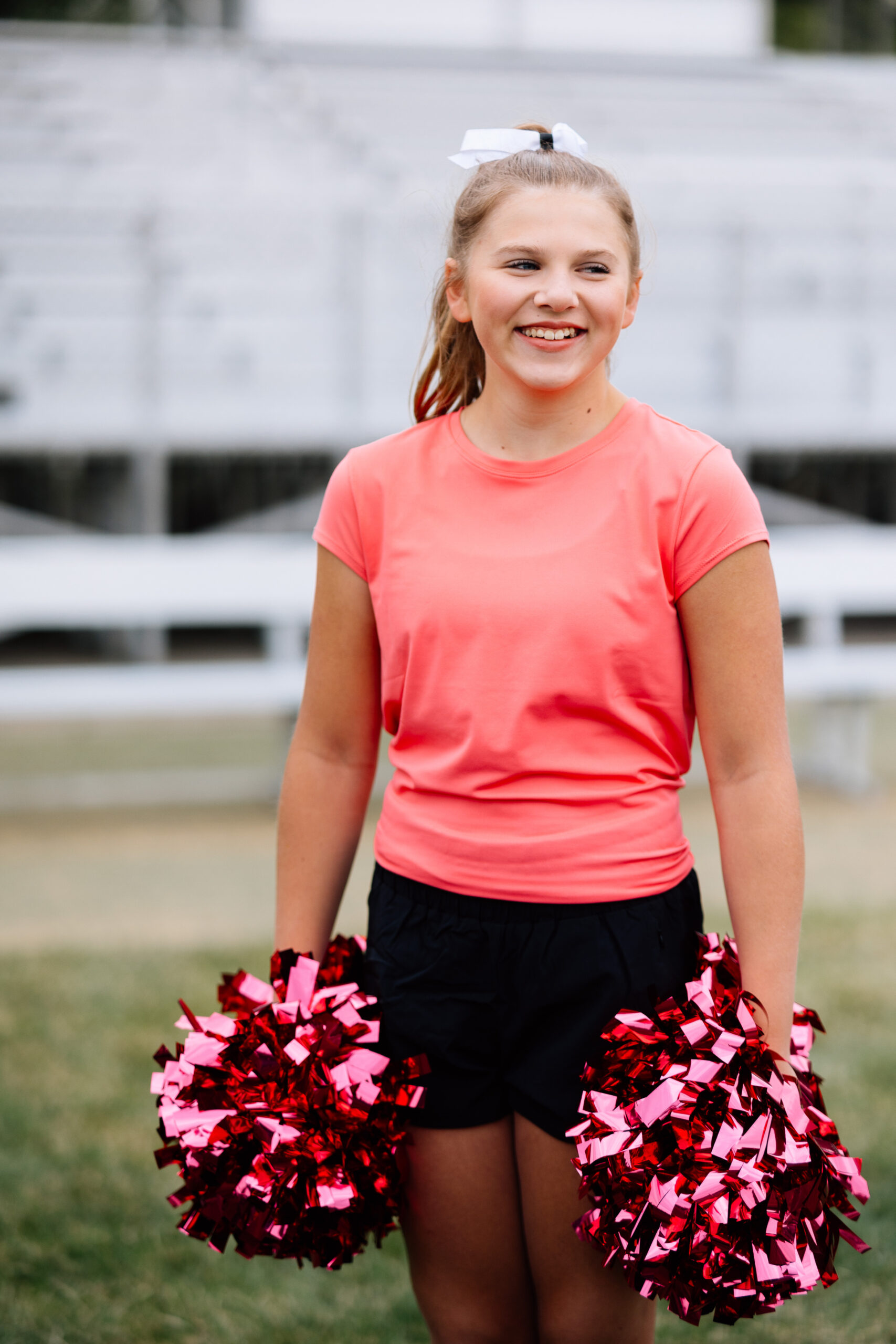Children being treated for cancer sometimes get medicines (such as steroids or chemotherapy) and radiation therapy that can weaken their bones. But there are ways to help improve a child’s bone health.
What Tests Are Done to Check Bone Health?
To check a child’s bone health, health care providers will:
- Do blood tests to check levels of calcium, vitamin D, phosphorus, magnesium, parathyroid hormone, and alkaline phosphatase.
- Do a test called a dual energy X-ray absorptiometry (DXA) scan. For this test, a child lies on a table and a special “picture” is taken. The test takes about 15 minutes and is done in the radiology department. While this is a type of X-ray, the radiation exposure is very low.
- Do other imaging tests, such as an MRI, if needed.
What Can Help My Child’s Bone Health?
You can help your child’s bone health by making sure they get enough calcium and vitamin D, and lots of weight-bearing activity. They also shouldn’t smoke and or be around cigarette smoke.
Calcium
It’s important for kids to have a diet rich in calcium. Good food sources of calcium include milk, yogurt, and cheese. Other sources include soy milk, almond milk, soybeans (edamame), tofu, dark green leafy vegetables, and calcium-fortified breakfast cereals and juices.
Try for at least 2–3 servings in kids 1–8 years old and 4 servings for kids older than 8. Check nutrition labels to make sure your child gets the recommended amount of calcium every day:
| Age | Amount |
| 0–6 months | 200 mg |
| 6–11 months | 260 mg |
| 1–3 years | 700 mg |
| 4–8 years | 1000 mg |
| 9–18 years | 1300 mg |
| 19–50 years | 1000 mg |
Vitamin D
Vitamin D is often added to milk, yogurt, baby formula, juice, cereal, and other foods. Other sources include salmon, tuna, liver, eggs, and cod liver oil.
Kids over 1 year old need at least 600 IU of vitamin D each day. Your care team will tell you how much vitamin D your child should get (600–1,000 IU daily, more if needed). This may include taking a vitamin D supplement by mouth.
Kids also get vitamin D from the sun. If your health care team says it’s OK, your child can be in the sun for 10–15 minutes a day without sunscreen. For longer periods, be sure to protect your child’s skin with sunscreen, clothing, and shade. There is a risk for skin cancer later in life if your child gets too much sun.
Exercise
Help your child get at least 1 hour of weight-bearing physical activity each day. They can try running, walking, and hiking; climbing stairs; jumping; weightlifting and strength training; and sports (like soccer, basketball, tennis, volleyball, and track).
Low-impact activities like swimming or biking are good for the heart and lungs and great for overall health, but contribute less to healthy bones.
Along with many other health risks, smoking weakens bones. Your child should not smoke, and no one should smoke around them. If anyone in your household smokes and needs help quitting, call 1-800-QUIT-NOW or visit www.smokefree.gov.
What if I Have Questions?
If you have any questions or concerns about the effects of cancer treatment on your child, call their doctor or a member of the cancer care team. They are there to help as your child recovers.
